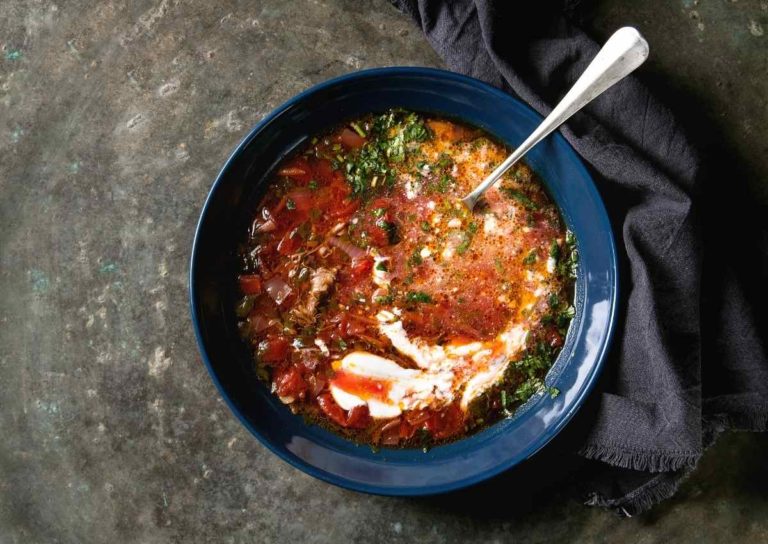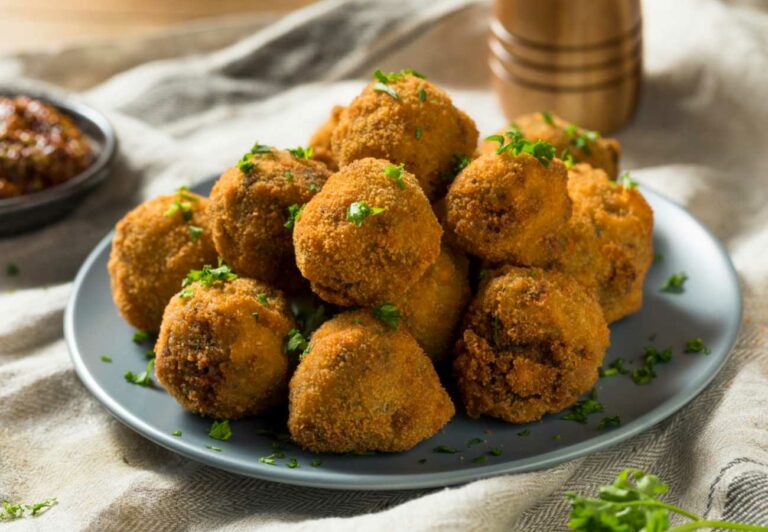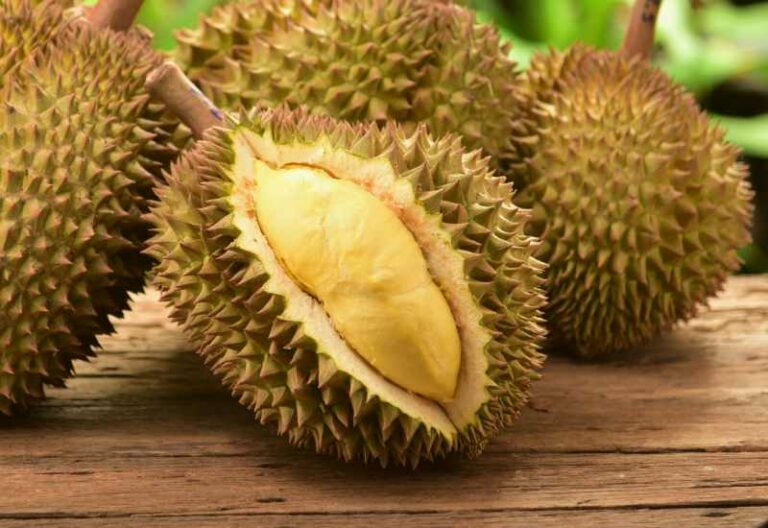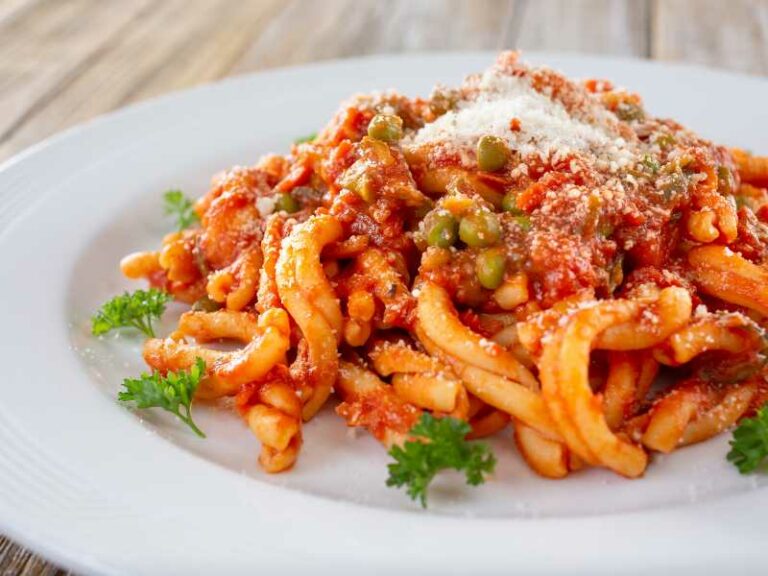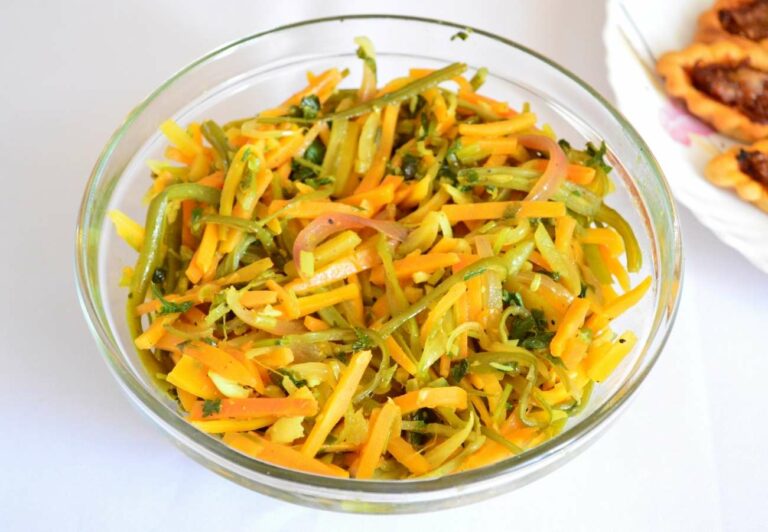Tibetan Cuisine: 12 Traditional Dishes of Tibet
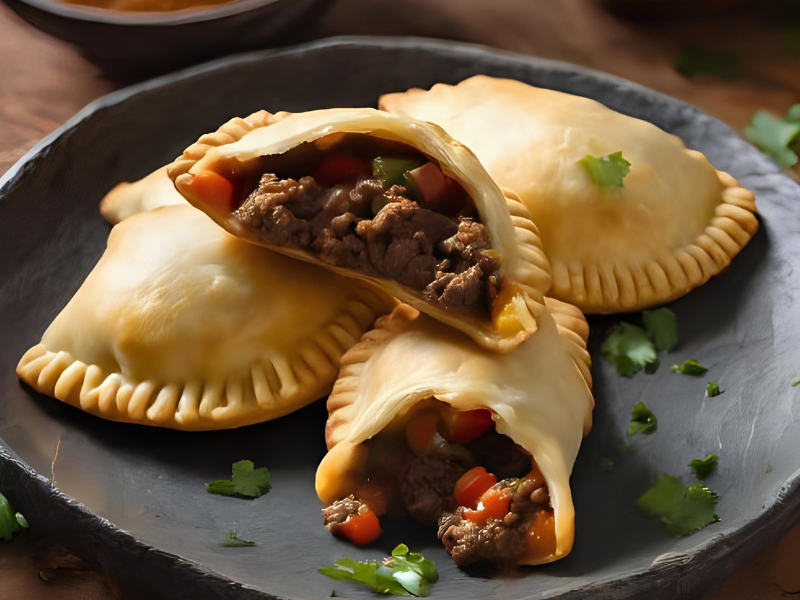
Tibet is located southwest China, also bordering, India, Nepal, Bhutan, and Myanmar. Its border with Nepal runs along the Himalayas, which is home to Mount Everest.
Tibet was previously ruled by Mongols (Yuan Dynasty), followed by rule of China during the Qing Dynasty. In the early 20th century, Tibet had a period of independence, but in 1951 was incorporated into the newly established People’s Republic of China.
Tibetan cuisine is shaped by the region’s geography, climate, history and rural traditions.
Roasted barley flour is a staple ingredient, as are potatoes, radishes, onions and mushrooms. Meat and dairy products from yaks and sheep are also consumed across the country in many dishes.
Many Chinese influences can be seen in Tibetan cuisine, with noodles and dumplings being very popular ingredients. Indian spices also feature in many Tibetan recipes, including turmeric and cardamom.
Momo (Dumplings)
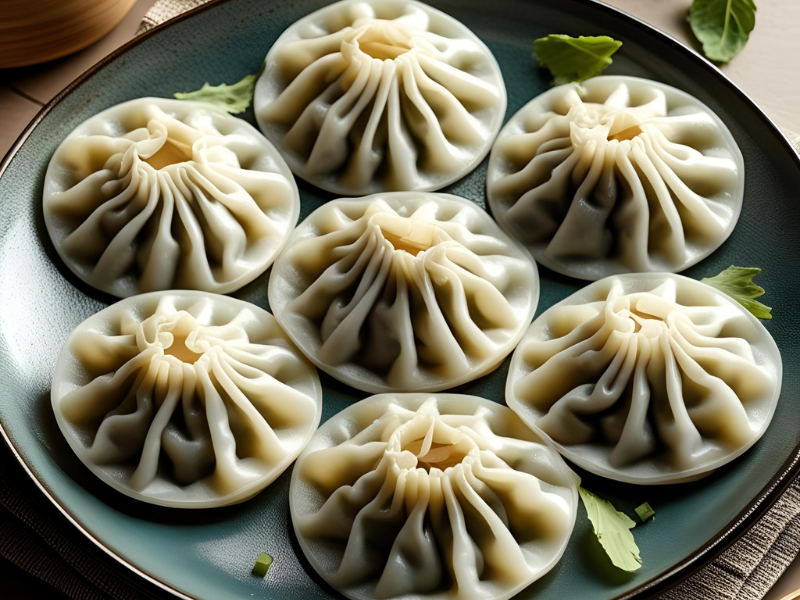
Momo are steamed or fried dumplings, usually filled with yak meat and/or vegetables. These dumplings are often served with a spicy sauce to dip the momo into.
Momo can come in a range of different shapes, with round and half-moon shapes being the most common in Tibet.
Momo can be found in Nepal, Bhutan and the Indian Himalayas with different fillings.
Thukpa (Noodle Soup)
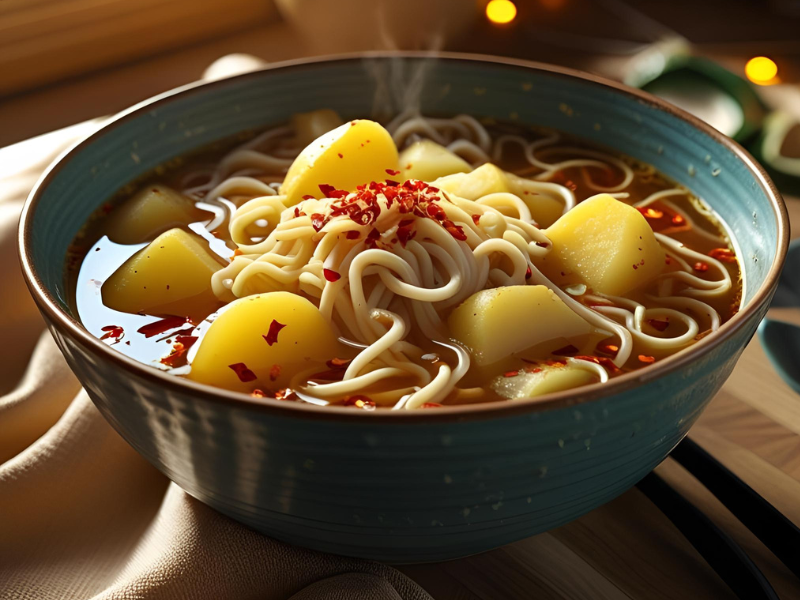
Thukpa is a noodle soup made with long noodles, yak/mutton, potatoes, radish which are boiled in a broth seasoned with a spice paste of tomato and chilli.
A similar dish called thenthuk is made with shorter hand-pulled noodles.
Po cha (Yak Butter Tea)
Po cha is a yak butter tea, made by boiling tea leaves in water, adding to yak’s butter and churning together. This drink has rich, salty flavor.
Similar butter teas can be found in Bhutan and Mongolia.
Gyuma Sausage (Blood Sausage)
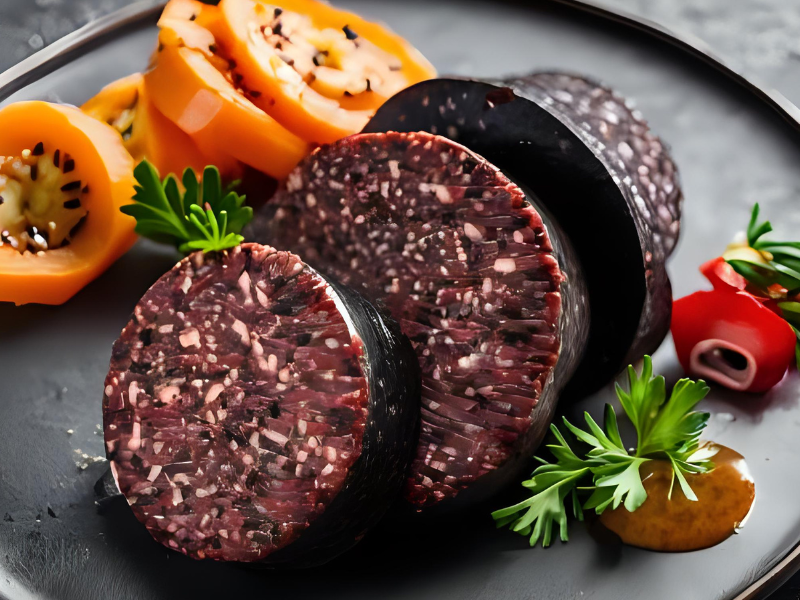
Gyuma Sausage is a blood sausage made from yak blood mixed with barley or rice.
Blood sausages can be found in cuisines across the world, such as Korean blood sausage or German Blutwurst.
Guthuk (Soup)
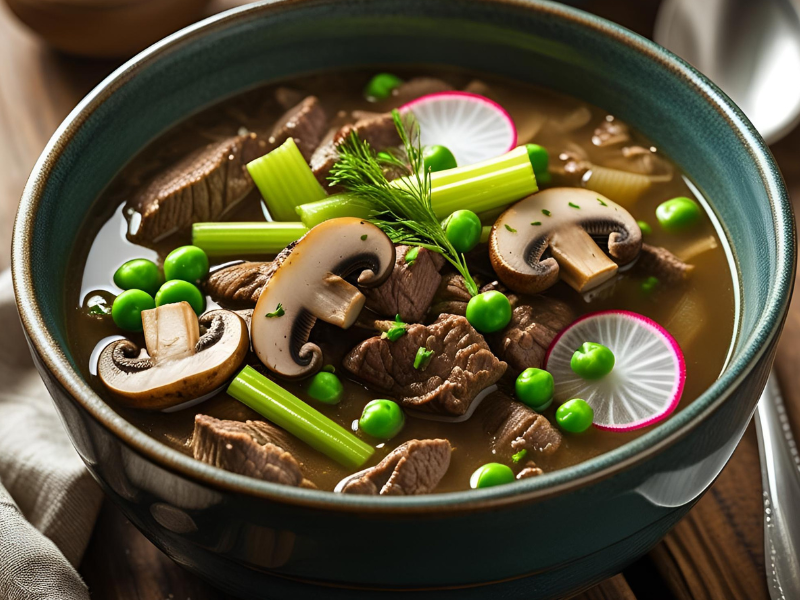
Guthuk is a soup dish made with yak, mushrooms, celery, radish, peas, tomato, onion, garlic, and spinach.
In Tibet, guthuk is a special soup that is served on the night of the 29th day of the 12th month, or the eve of Losar (Tibetan New Year). This dish is only eaten once a year, and is considered good luck to attract an auspicious new year.
As part of the New Year’s traditions, each bowl of Guthuk is made with a dough ball stuffed with a paper fortune that is believed to predict the individual’s New Year’s fortune.
Sha Balep (Stuffed Pastries)

Sha Balep is a fried meat pastry which is stuffed with yak/beef and vegetables. This dish is often eaten as a snack or breakfast food in Tibet.
Variations of the Sha Balep recipe may include adding cheese, potatoes or turnips.
This pastry dish is similar to Mexican empanadas, Indian samosas, or British pasties.
Dre-si (Sweet Rice)
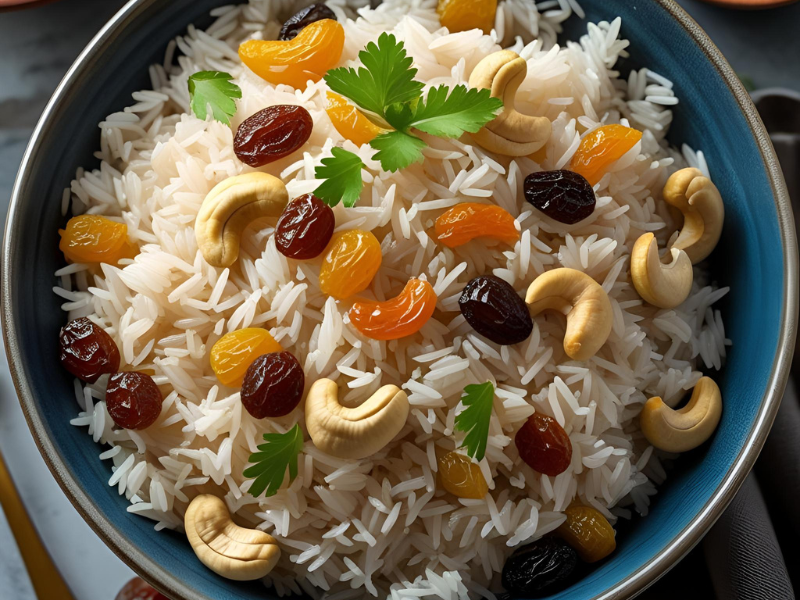
Dre-si is a sweet rice dessert prepared for celebrations, such as Losar (New Year). This dish is made with rice, butter, raisins, droma (a small root vegetable), and nuts.
Traditionally, Dre-si is the first thing that Tibetans eat on the first day of the New Year.
Sho (Yogurt)

Sho is yak yogurt, which can be served plain or sweetened with sugar. This yogurt has a thick, creamy texture and a sharp flavor when plain.
The original recipe for sho is believed to be thousands of years old, created by nomads who herded yaks.
Chang (Barley Beer)
Chang is an alcoholic barley beer, which is homemade in rural areas. This drink is made with barley, yeast and water.
Tibetans drink chang at funerals and celebrations such as Losar.
Thue (Butter and Cheese Cake)

Thue is a special Tibetan dessert dish made with dri (yak) cheese, brown sugar and creamed butter. The ingredients are combined together and shaped into a block which can be cut into pieces. This dessert is often decorated with butter that has been shaped into suns and/or moons.
Served at special occasions, thue is a popular treat for weddings, Losar and Shodon (yogurt festival).
Khapse (Deep Fried Cookies)
Khapse are sweet fried cookies, made with flour, butter and sugar. The dough is shaped, folded and braided into intricate designs before being deep fried in oil until golden-brown.
These are a popular treat during Losar and special occasions, such as weddings.


